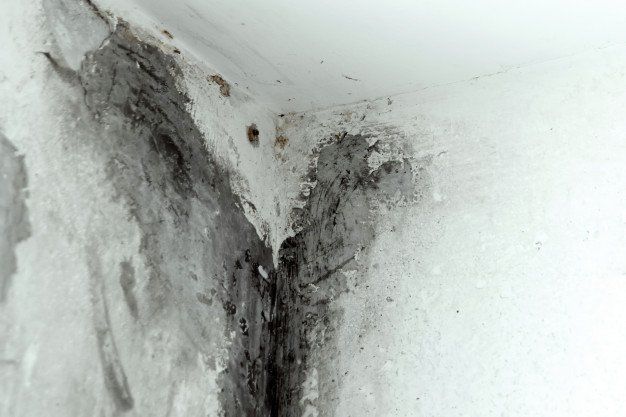Counseling and psychotherapy for individuals, couples and families.

Mold Remediation Lakewood, Colorado

Getting Rid of Toxic Black Mold - Water Damage
Black mold is a type of fungus that produces conidia in dark sludge-like discharges. It can be found in grains and soil, but generally, the black mold is best found in damp or moist building materials especially from water-damaged structures. These dark sludge secretions are odorless and pose little health threat unless they are found in the home at the time of a severe infestation. However, a regular mold inspection Lakewood, CO may be necessary to keep black mold from growing too fast.

Contact Us
We will get back to you as soon as possible.
Please try again later.
How do you know if you have black mold?
The best way is to get rid of any suspected black mold on your own by first finding out if it's there. If there is an apparent infestation, get rid of the mold in its entirety. Once you've confirmed the presence of mold, you need to get rid of any contaminated clothing or belongings that may have been exposed to it. This will make it easier for you to get rid of the mold.
Mold growth in damp or poorly ventilated areas is a common occurrence that can lead to health problems. If you have a lot of moisture on your surfaces, it could lead to the development of mold. This happens because moisture promotes the growth of spores, which in turn, breed and spread. Damp surfaces are typically dark, and good ventilation is important to limit the amount of moisture that gets on your surfaces. This is usually not a problem if your house is being built or renovated.
In older houses, there is usually a lot of old drywall, wood paneling, carpeting, and plywood that isn't being replaced. These materials are porous and can absorb a lot of moisture. These materials also have high levels of humidity. With the presence of humidity, mold growth can happen easily. This is especially true with houses that are built on concrete slabs. When there is a buildup of moisture on the interior surfaces, the drywall can soak up the excess moisture and allow mold to grow.
Even if your house is completely remodeled, you should still get rid of visible mold growth on your walls and floors. You should first vacuum all surfaces, including carpets, and then clean them thoroughly with bleach. You should never apply any penetrating cleaners or paint to these surfaces unless you are getting rid of a surface affected by mold. In some cases, you may need to use a good cleaning solvent to help get rid of mold on wooden surfaces such as your floor. If you're using an aggressive cleaner on wooden surfaces that you are not sure about, you should let it sit for a day or two to see if you have mold on these surfaces.
What do you do if you get exposed to Black Mold?
If you have black mold exposure, you should get a professional opinion from a doctor. There are serious health risks associated with having black mold exposure. Black mold causes serious health risks. Most cases require special medical treatment in hospitals.
Mold can grow anywhere, especially if you are exposed to damp areas. Common places where mold can grow include the bathroom, basement, attic, laundry rooms, and crawlspaces. While mold is most active during the warmer parts of the year, it can grow in other areas as well including near food processing areas and leaky appliances. In cases where you have serious health problems associated with black mold exposure, you should consult a doctor immediately for treatment options.
Toxic black mold can result in serious health problems and should be removed immediately. Do not attempt to remove toxic mold yourself or allow it to spread to other areas of your home. Contact a mold removal company if you have serious mold-related symptoms and water damage in your home. If you suspect that you may be at risk of exposure to black mold, it’s important to get help from a mold removal specialist quickly! Get in touch with us now, and we’ll make sure to get this problem under control before it gets worse!